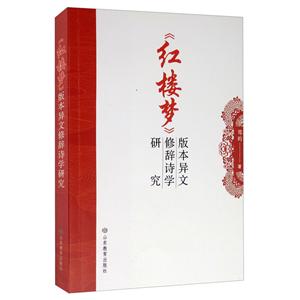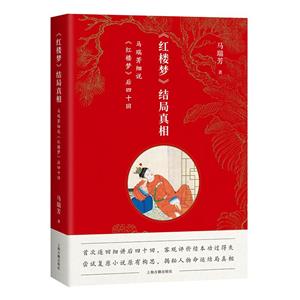
作者:韩江华著
页数:255页
出版社:西南交通大学出版社
出版日期:2020
ISBN:9787564376352
电子书格式:pdf/epub/txt
内容简介
本书主要运用认知语言学的相关理论,研究《红楼梦》中的情感类诗歌隐喻和借喻,焦点集中在反映贾宝玉、金陵十二钗等红楼人物情感诗歌中的隐喻及借喻。全书共分三部分:第一部分概述《红楼梦》的情节及各情节中的诗歌隐喻及借喻;第二部分从理论角度对《红楼梦》中的情感类诗歌隐喻进行深入研究;第三部分是专题研究,探究了4个专题:一是从认知与文化的角度探讨了诗歌隐喻的功能;二是从认知的角度对《红楼梦》诗歌中的典故进行研究;三是从认知与文化的角度探讨了《红楼梦》诗歌中的花隐喻在情感表达中的作用与地位;四是从诗性思维和心智风格的角度探讨了诗歌隐喻与借喻在文学创作中的作用。该书为英文版,对于讲好中国优秀传统文化故事也有积极的作用。
作者简介
Jianghua Han, Ph.D.in linguistics, an as-sociate research professor of the College of Literature and Journalism of Sichuan University, His main research directions are sociolinguistics, cognitive linguistics, cultur-al linguistics, comparative study of Tai-Ka-dai languages, and language teaching,and he has made some achievements in these areas.He argues that when we study linguistics, we should not only study the on-tology of language, but also explore the relationships among language, notional cognition and culture, as well as multiple social factors, so as to provide a broader perspective for our research.
目录
Chapter 1 An Introduction to A Dream of Red Mansions
Chapter 2 The Relationship Between Poetic Metaphors and Metonymies in A Dream of Red Mansions and the Characters’ Emotions
Part Ⅱ Theoretical Analysis
Chapter 3 Language Expression or Conceptual Structure:Exploring the Nature of Poetic Metaphor from a Cognitive Perspective
Chapter 4 The Categories ofthe Poetic Metaphors and Metonymies Expressing Characters’ Emotions in A Dream of Red Mansions
Chapter 5 The Internal Structure ofPoetic Metaphors and Metonymies Expressing Characters’ Emotions in A Dream of Red Mansions
Part Ⅲ Some Topical Discussions
Chapter 6 Literary Mind: The Function of Poetic Metaphor
Chapter 7 Diangu (典故 Classic Allusions) in Poetry:Metaphors or Not
Chapter 8 Poetic Metaphors Related to Flowers in A Dream of Red Mansions: The Best Way to Express Emotion
Chapter 9 Poetic Thought and Mind Style: The Relation of Poetic Metaphor-Metonymy and Literary Creation
Chapter 10 Intercultural Communication: Exploring the Translation Model of Poetic Metaphor Based on Conceptual Integration Theory
Part Ⅳ Conclusion
Reference















